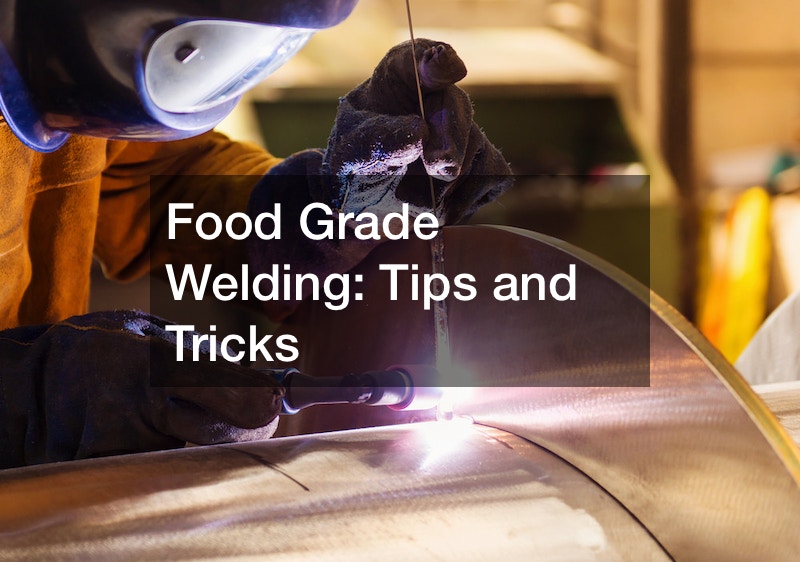

In the realm of TIG welding, the art of food grade welding for stainless steel sanitary tubing stands as a specialized skill. With over twelve years of experience, the practitioner sheds light on the nuances of the process, explaining its critical role across diverse industries.
Sanitary welding, also known as food-grade, hygienic, or high-purity welding, plays a pivotal role in various sectors, including food processing, dairy, breweries, distilleries, and pharmaceuticals. Its importance goes beyond mere surface cleanliness, focusing on achieving perfectly smooth interiors of tubing to eliminate any potential spaces where bacteria could grow.
Distinguishing between sanitary tubing and pipe, the practitioner provides insights into measurements and the common stainless steel grades typically used in this meticulous process. Crucial steps such as purging involve using inert argon gas to remove oxygen, preventing oxidation during welding and ensuring the weld’s integrity in residential food-grade applications.
The equipment used, ranging from precise orbital saws to portable welders like Maxstar 150s and 161s, plays a crucial role in achieving flawless welds. The practitioner shares insights into tacking techniques, emphasizing perfect fit-ups and avoiding the use of filler wire. Additionally, the importance of proper purging techniques, equipment setup, and meticulous welding processes are thoroughly explored.
This comprehensive overview underscores that food-grade welding goes beyond visual perfection; it aligns with stringent safety and cleanliness standards in industries where maintaining product integrity is non-negotiable.
.




